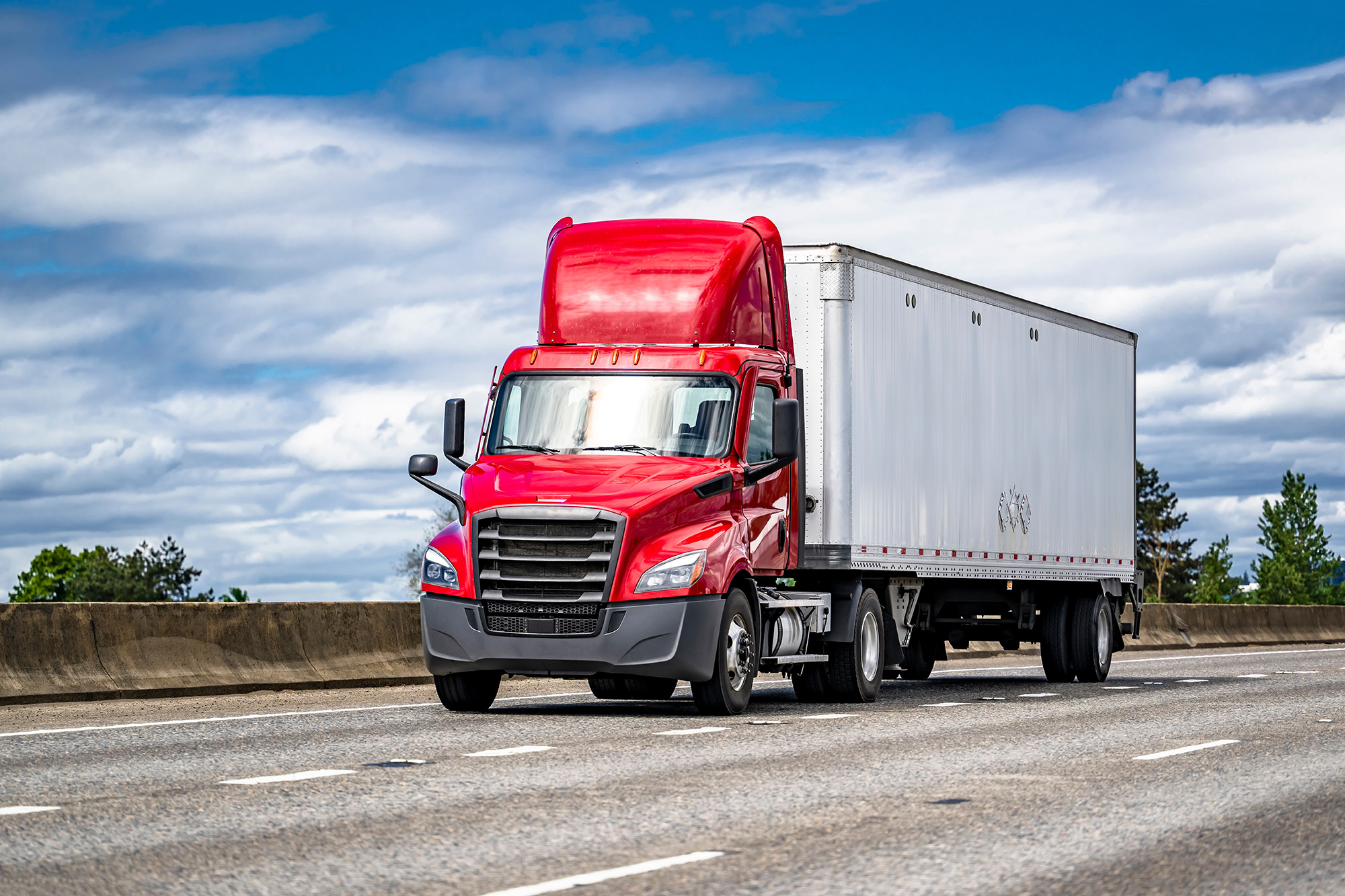A Comprehensive Comparison
When it comes to commercial truck tires, not all brands and models are the same, however, that does not mean that a Tier 3 tire can’t perform just as well as a Tier 1. Tires are classified into different classes (Tiers) — Tier 1, Tier 2, Tier 3, and Tier 4 — based on factors such as quality, performance, durability, and price. Understanding these tiers can help fleets and owner-operators make informed decisions about their tire investments, balancing cost and performance.
What Are Tire Tiers?
Tire manufacturers categorize their products into different tiers to indicate their level of quality and market positioning. These tiers help customers distinguish between premium, mid-range, budget, and economy tire options. Here’s what each tier represents:
Tier 1: Premium Tires
Manufacturers: Michelin, Bridgestone, Goodyear, Continental
Characteristics:
- Highest quality and durability: Made with superior rubber compounds and advanced manufacturing technology.
- Best fuel efficiency: Lower rolling resistance leads to better fuel savings.
- Longest tread life: Designed for extended wear and enhanced retreadability.
- Superior performance: Provides the best traction, handling, and braking in various weather and road conditions.
- Warranty and support: Offers the most extensive warranties and manufacturer support.
Ideal For: Large fleets, long-haul trucking, and companies prioritizing performance and total cost of ownership.
Tier 2: Mid-Range Tires
Manufacturers: Yokohama, Hankook, Cooper, Firestone, General
Characteristics:
- Good balance of performance and cost: Offers good durability and fuel efficiency at a lower price point than Tier 1.
- Moderate tread life: Designed to last but may not match the lifespan of premium tires.
- Reliable performance: Provides solid traction and handling for most road conditions.
- Retreadable: Many Tier 2 tires can be retreaded, extending their life and reducing long-term costs.
Ideal For: Small to mid-sized fleets, regional carriers, and cost-conscious owner-operators who still require good quality.
Tier 3: Budget-Friendly Tires
Manufacturers: Sailun, Sumitomo, Falken, Toyo, Kumho
Characteristics:
- Lower upfront cost: More affordable than Tier 1 and Tier 2 tires, making them attractive for budget-conscious buyers.
- Shorter tread life: May wear out faster, requiring more frequent replacements.
- Decent performance: Adequate for light-duty or regional applications but may not perform as well under extreme conditions.
- Limited retreadability: Some models may be retreadable, but overall longevity is reduced.
Ideal For: Short-haul trucking, regional deliveries, and fleets with tighter budgets that need a balance between cost and quality.
Tier 4: Economy Tires
Manufacturers: Linglong, Double Coin, Triangle, Westlake
Characteristics:
- Lowest cost option: Significantly cheaper than Tier 1, 2, or 3 tires.
- Short lifespan: Faster tread wear and lower durability.
- Compromised fuel efficiency: Higher rolling resistance can lead to increased fuel consumption.
- Basic performance: Suitable for non-demanding applications but may struggle with heavy loads or harsh weather conditions.
- Limited or no retreadability: Not ideal for long-term cost savings.
Ideal For: Local deliveries, seasonal use, and applications where cost is the primary concern over performance.
Comprehensive Comparison Table
| Feature | Tier 1 | Tier 2 | Tier 3 | Tier 4 |
| Cost | $$$$ | $$$ | $$ | $ |
| Durability | Excellent | Good | Moderate | Low |
| Fuel Efficiency | High | Moderate | Average | Low |
| Tread Life | Longest | Long | Moderate | Short |
| Traction & Handling | Superior | Good | Decent | Basic |
| Retreadability | High | Moderate | Limited | Low |
| Warranty & Support | Best | Good | Limited | Minimal |
Choosing the Right Tier for Your Needs
Selecting the right tire tier depends on several factors, including budget, application, and expected performance:
- Long-haul fleets should invest in Tier 1 for fuel savings and durability.
- Regional carriers can benefit from Tier 2, balancing performance and cost.
- Budget-conscious operations may find Tier 3 sufficient for moderate use.
- Local and low-mileage applications might opt for Tier 4 due to lower upfront costs.
Improve Performance on all Tiers
Knowing the features and benefits of different tiers, it allows any fleet or owner-operator to make the right choice for their application. With, there are a few essential maintenance tips which will drastically improve the lifespan and performance of any tire tier.
- Inflation is arguably the most important step to getting the most out of your tires. It is imperative to ensure that your tire pressures are monitored and set to handle your type of vehicle, tire type and the loads you may or may not be carrying.
- Tire balance is essential to increasing tire life, decreasing rolling resistance, and enhancing tire casing retreadability. Using an internal tire balancing bead such as Counteract Balancing Beads can drastically improve the performance and lifespan of your wheel assembly. Ensure you balance ALL wheel and tire positions, not just the steer tires for ultimate benefits.
- Tire selection involves choosing the right tire and the right tread for your application. Not all tires are the same, steer tires are different than drive tires, and trailer tires are different than drive tires. This is key to achieving the best results and performance for your vehicle and application.
Understanding the differences between commercial truck tire tiers helps businesses make smarter purchasing decisions. While Tier 1 tires offer the best long-term value, Tier 2 and Tier 3 options can provide cost-effective solutions without sacrificing too much quality. Tier 4 tires are best reserved for low-demand applications. Investing in the right tires ensures safety, efficiency, and long-term savings, making it a critical decision for fleet management.
When choosing commercial truck tires, consider your specific needs, expected mileage, and budget to find the perfect balance between cost and performance. Make sure to stay on top of proper tire maintenance including tire pressures and tire balancing. A well-informed decision will keep your trucks rolling efficiently and profitably.



